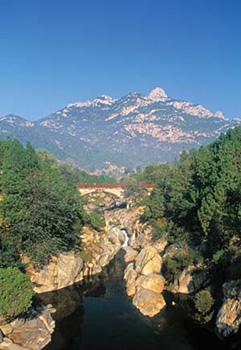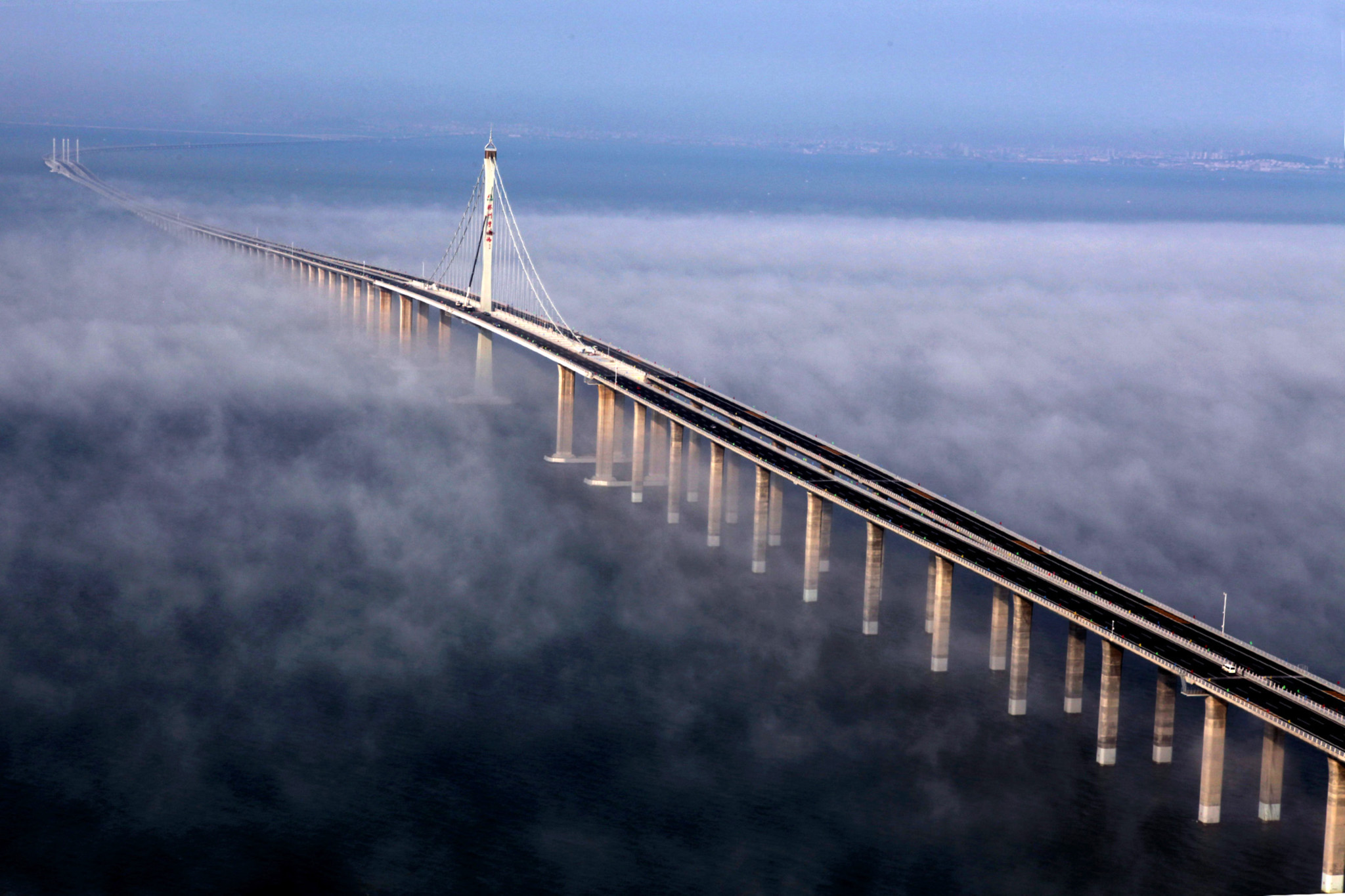Shandong Province is an important mining, agricultural, and industrial province in eastern China. Its name is also spelled Shantung. The province has an area of 59,200 square miles (153,300 square kilometers). Jinan is the province’s capital and one of its largest cities. Shandong is one of China’s most densely populated provinces.

Shandong has a varied landscape. The Shandong Peninsula, which juts into the Yellow Sea, is a hilly region. The peninsula has excellent harbors and rich deposits of coal. Hills and mountains also rise in the south central part of the province. The rest of Shandong is on the North China Plain. The plain is a flat, fertile region largely created by the frequent flooding of the Huang He (Yellow River). The mouth of the Huang He is in northern Shandong. The Grand Canal flows through the western part of the province.

Shandong’s mined products include coal, gold, and petroleum. Shandong is also a leading province for fishing and agriculture. Its crops include corn, cotton, fruits, peanuts, soybeans, vegetables, and wheat. Farmers also raise cattle, hogs, poultry, and sheep. Jinan, Qingdao, and Zibo are leading manufacturing centers. Major industries in the province make beer, chemicals, clothing and textiles, iron and steel, and transportation equipment.
From about 3000 B.C. to about 2000 B.C., the Longshan culture spread over Shandong. Confucius, the most influential philosopher in Chinese history, was born in Shandong in about 551 B.C.
In the late 1800’s, much of Shandong’s economy was controlled by foreign powers, especially Germany. The Boxer Rebellion, a 1900 uprising against Western and Japanese influence in China, began in Shandong. The Japanese occupied much of Shandong during World War II (1939-1945). By the mid-1940’s, Communists controlled most of Shandong in their civil war against the Nationalists.
